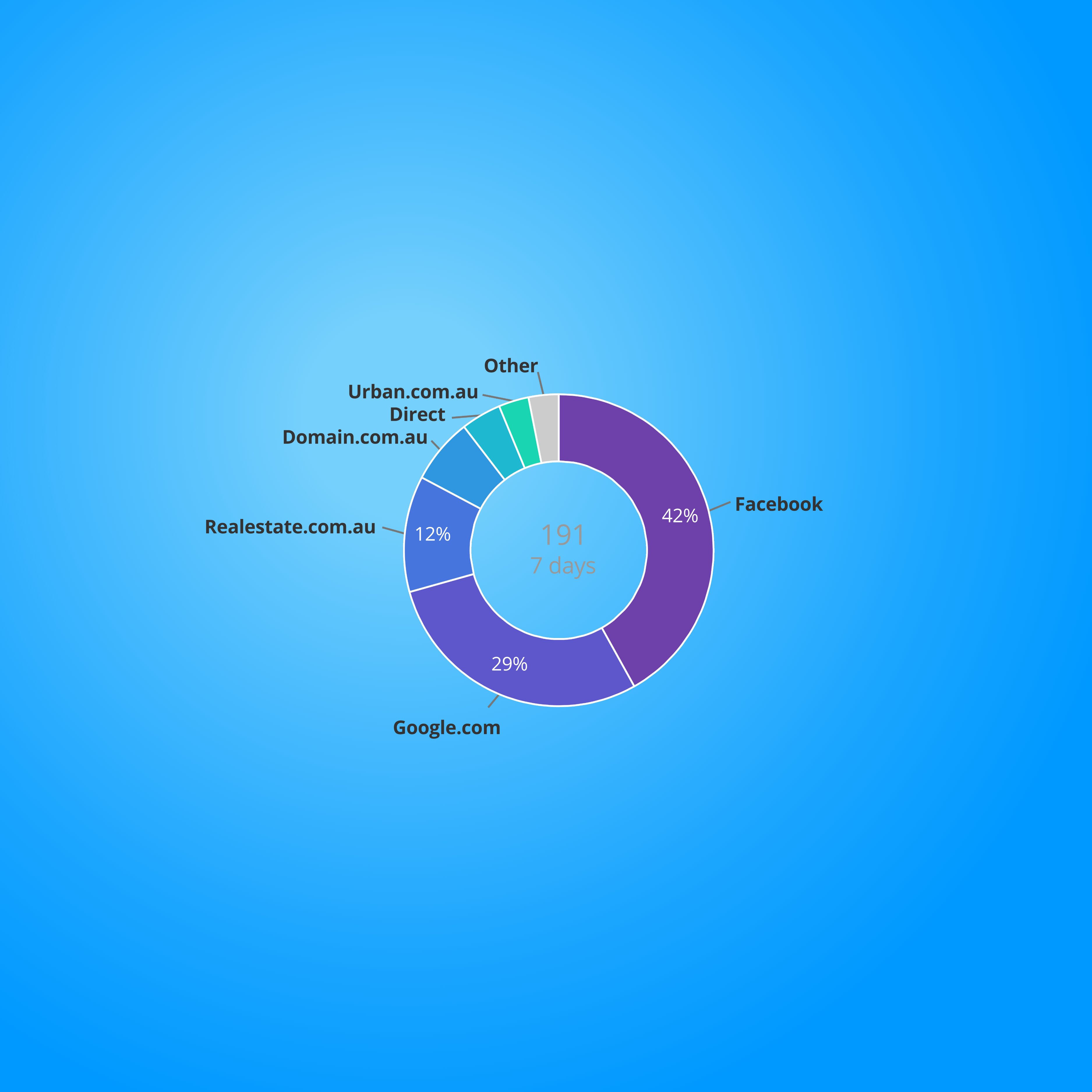An Introduction To Using UTM’s To Track Lead Source
UTMs are embeddable codes that you use in URLs to track and measure advertising campaigns. By employing UTMs marketers can capture lead source data. This article will discuss UTM best practices, as well as some other key data analysis tools available for tracking marketing performance in Property Shell.

Where did the lead come from before they landed on the project website? In project marketing, enquiries are often directed to the project website from other lead sources. To make informed decisions about our marketing spend it is important to understand which advertising platform the lead originated from before being directed to the project website. This is particularly useful if you are advertising on different channels such as Realestate.com.au, Domain.com.au, Meta, Urban.com.au, Openlot.com.au, or Google Ads, because it allows you to understand exactly how many enquiries have come from each source and therefore where to direct your marketing spend.
UTMs are industry standard and are the best way to accurately capture and analyse lead source, therefore they should always be employed when possible. Without setting up UTMs on a new campaign from the beginning, marketers may continue investing budget into channels that aren’t achieving better results. What we want to find out is which advertising sources are driving the most revenue.
UTM Best Practice
Best practice is to use UTMs within all your marketing campaigns. This is usually arranged through your web developer or the marketing agency running ads. Your Property Shell account manager will advise web developers or marketing agencies on UTM parameters. UTM parameters are able to track detailed information such as links within email campaigns, specific Facebook or Instagram Ads or posts. A UTM correctly embedded in a website allows us to track not only that the enquiry came through the website from Facebook, but which links were clicked.
Reporting on UTM’s in property Shell
There are a few ways to analyse UTM data in property Shell. While you have the option to report on enquires by UTM, and this may be helpful in some instances, the easiest way to analyse enquiry metrics in Property Shell is by First Known Source.
Enquiries By First Known Source
First Known Source is a Property Shell term which simplifies data analysis by using a combination of either referrer or utm information when it’s available. In the absence of referrer or utm data, this option will show the form where the lead first enquired. First known source is a great option for analysing lead source because it pulls the best available data from what’s available.
Enquiry By Campaign/Form
This is the number of enquiries by form. This option is useful for a high-level understanding of where our leads are coming from. However, Enquiry By Campaign/Form lacks detail as it’s not showing UTM or referrer information, it is only displaying which form the lead filled out.
Referrer
Simply the website a user came from before landing on your site. Through Property Shell’s native integrations we automatically capture in-depth referrer info from Realestate.com.au and Domain.com.au this includes REA Native Lead Ads, Realestate.com.au Developer Project, Realestate.com Listing. In the absence of referrer info, we rely on UTM, hence why setting up UTMs at the beginning of each campaign is critical.
Conclusion
Property Shell’s reporting and metrics tools allow us to track the entire lead lifecycle from original enquiry through to reservation and sale.
After lead source integrations are in place, referrer and campaign by form data are captured in Property Shell but there are additional steps required to track UTMs. UTMs should always be set up on every campaign. This is best practice and allows you to focus on the advertising sources that are generating more higher quality leads and thus more revenue.

